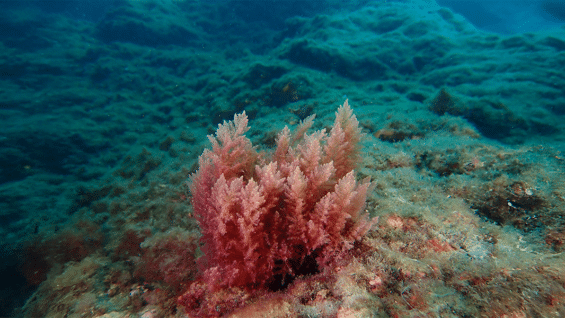Governance recommendations for Italy
Sicily’s endeavour to cultivate a flourishing blue economy, cantered around the sustainable exploitation of marine bioactive compounds, demonstrates the region’s rich
maritime heritage and its dedication to sustainable growth. The governance analysis of Sicily has revealed a complex landscape, presenting both challenges and abundant opportunities.
To fully realise Sicily’s potential in the blue economy, a comprehensive and integrated approach is imperative. This entails stronger collaboration with research and education to bridge knowledge gaps, fostering a supportive regulatory framework, effectively mobilising resources, creating vibrant markets for novel products, and encouraging entrepreneurial experimentation. These facets are not only vital individually, but they are also interdependent, creating a synergistic effect that can drive Sicily towards its blue economy goals.
Achieving success in this endeavour will require concerted efforts from a diverse range of stakeholders, including local enterprises, government entities, academia, and the wider community. Facilitating platforms for dialogue, fostering unified strategies, and cultivating strong collaborative networks are essential for tangible progress. Furthermore, leveraging Sicily’s unique characteristics, such as its extensive coastal resources, longstanding maritime tradition and a production that is high valued for quality and the authenticity, is crucial for carving out its niche in the global blue economy.
In summary, Sicily’s strategy for developing its blue economy, particularly through the valorisation of marine bioactive compounds, serves as a paradigm for innovative and sustainable regional development. Addressing the challenges identified in the governance analysis, and capitalising on its marine assets, positions Sicily not only for economic growth but also as a contributor to a sustainable and ecologically responsible future. This journey reflects Sicily’s broader commitment to innovation, environmental sustainability, and community involvement, establishing a precedent for similar coastal regions worldwide.
Key takeaways:
• Underutilisation of marine by-products: The perception of marine by-products as waste rather than valuable resources limits innovation and sustainable utilisation, highlighting a significant gap in understanding their potential.
• Knowledge and workforce gaps: The declining local population and emigration of youth contribute to a lack of skilled workforce and knowledge, underscoring
the need for enhanced education and training to support the blue bioeconomy.
• Need for coordinated efforts: A concerted effort involving industry stakeholders, academia, and government is essential to overcome infrastructural and knowledge barriers, fostering a sustainable and innovative marine industry in Sicily




